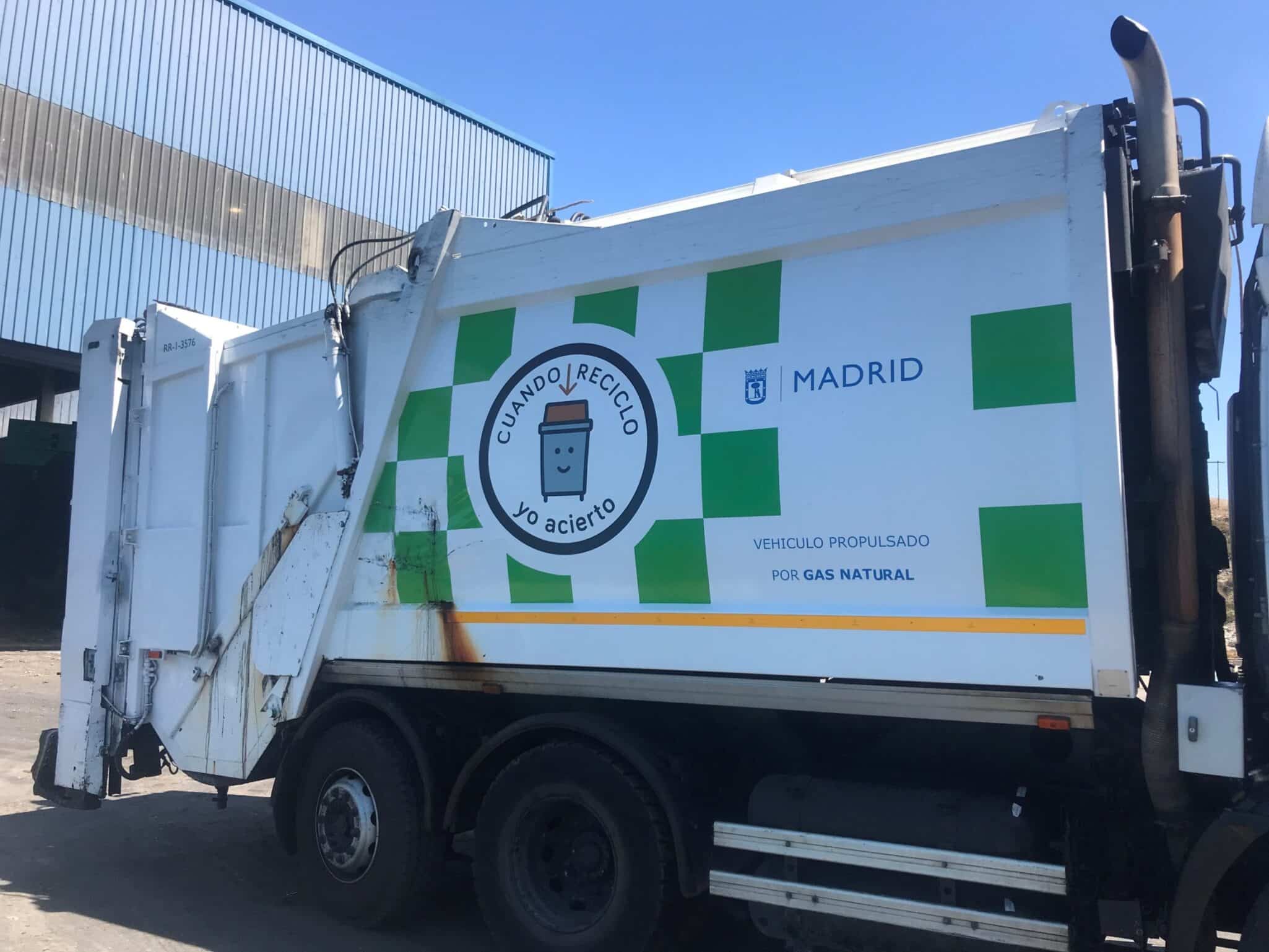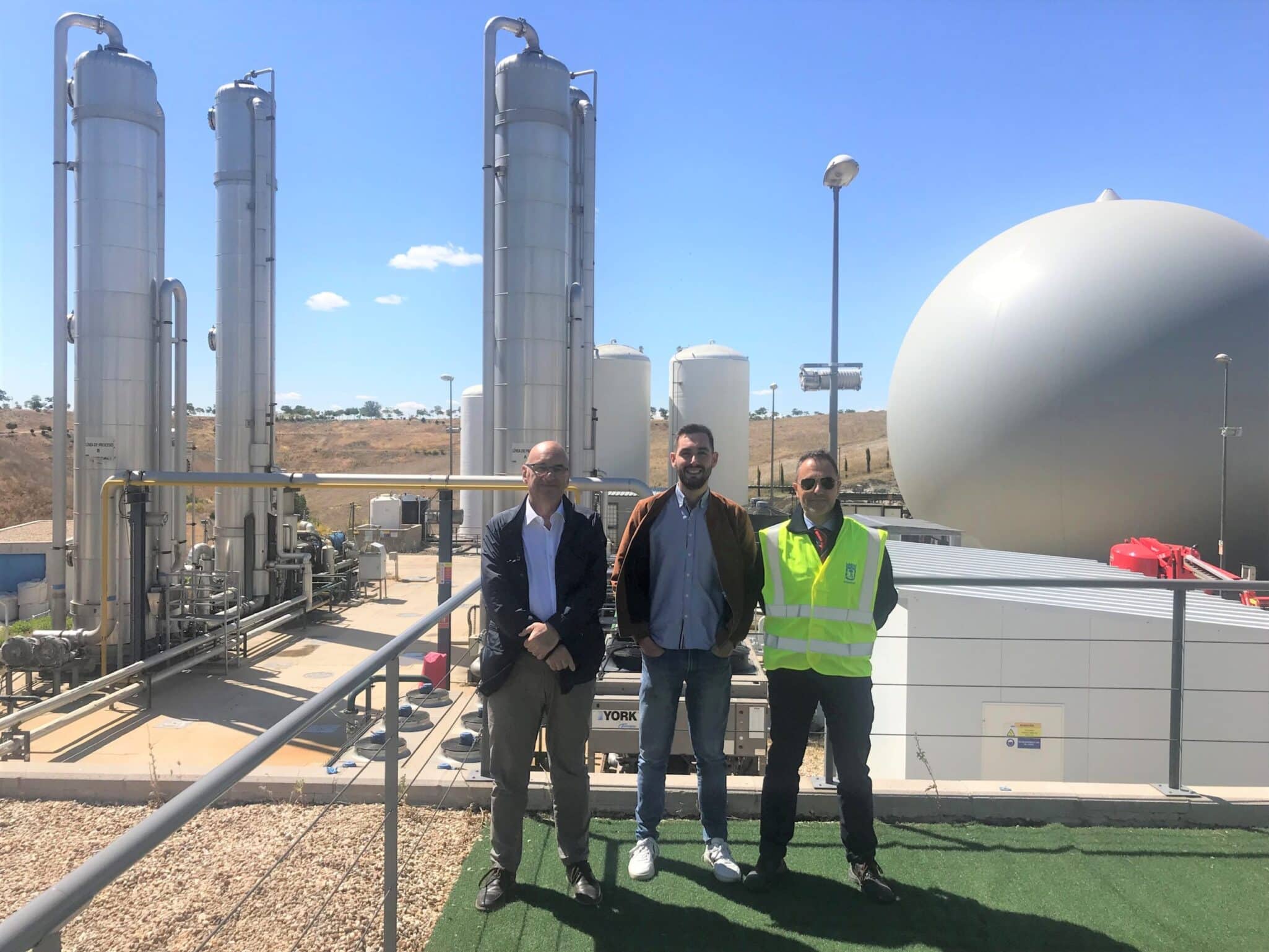ReFuels' biomethane sales to the UK road haulage network rose 15% on the year to…
ADBA visits Europe’s biggest biomethane plant in Spain
Last Friday, ADBA was invited to visit the biggest biomethane plant in Europe, located in Valdemingómez technological park in Madrid (Spain) waste treatment complex. This compound accounts for two dry AD plants (Las Dehesas and La Paloma) and an upgrading facility, which allows it to inject 6,500 m3/h of biomethane into the grid, the highest capacity in Europe according to EBA-GIE European Biomethane Map 2018. Las Dehesas can process 218,000 tones per year, 161,000 dedicated to biomethane production, while La Paloma's average capacity is 151,000 tones/year, with 108,175 used for biomethane production. Additional capacity is diverted to a CHP for electricity generation. You can find all data related to the site on its website (in Spanish).
The plant was the first one commissioned in Spain in 2009 and it is owned by Madrid City Council, who is also in charge of the waste collection that feeds the 9 digesters. There are two lines of feedstock, food waste collected separately, as the collection scheme was extended to the whole city last year (including food organisations), and organic fraction from the general waste, recovered in the waste treatment centre. Valdemingómez serves the whole city of Madrid and neighbouring towns of Arganda and Rivas-Vaciamadrid. The centre provides an integral treatment, recycling other materials from plastics, paper and glass bins and methane capture from closed landfill area. The City Hall collaborates with Ferrovial and FCC for the operation of the site.

The produced biomethane has a quality above average natural gas in the Spanish grid, mostly imported from Algeria, with a CH4 concentration of above 96%, CO2 below 1% and O2 below 0.4%. It is injected directly to the grid, with one of the main pipelines passing by the site. The city of Madrid is also powering its entire waste collection and the majority of its bus fleet with natural gas.
On our visit, we were received by Miguel Ángel Baquedano Maestre, Valdemingómez Director, and José Luis Cifuentes Sastre, Director of Promotion and Innovation, who show us the education centre, the waste reception area, sorting process, the two AD plants, the biomethane upgrader and an additional waste-to-energy plant where the non-recyclable fraction is combusted. The digestate is either composted in-site in the back-end or used to maintain bacteria levels through the process.

A report directed by the Spanish Institute for Diversification and Saving of Energy (IDAE) estimates a potential for biogas in Spain of 1,695.20 ktoe per year and Spanish National Energy and Climate Plan (NECP) submitted to the European Commission earlier this year foresees a biogas capacity of 156,965 MW by 2030.
